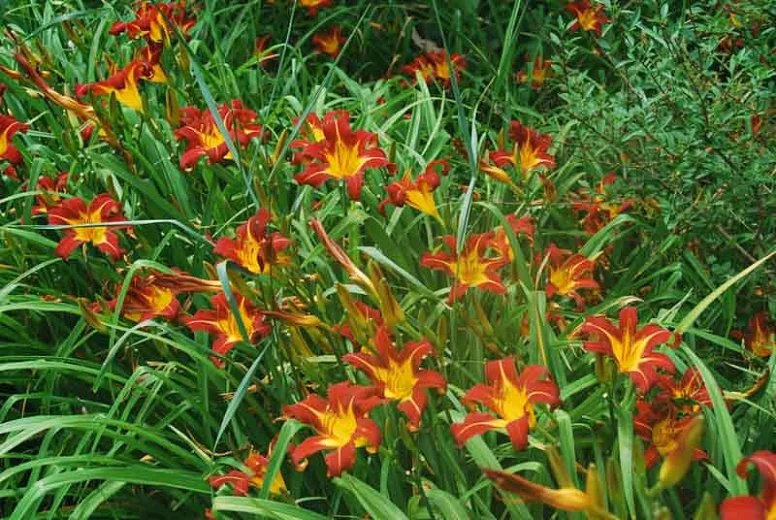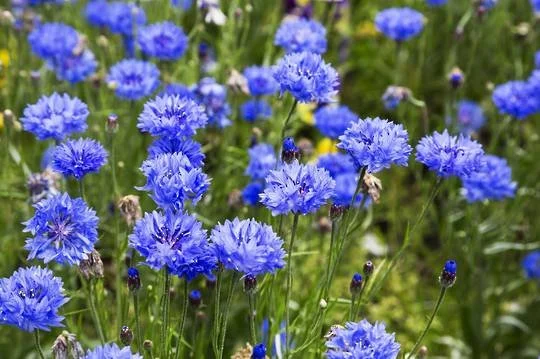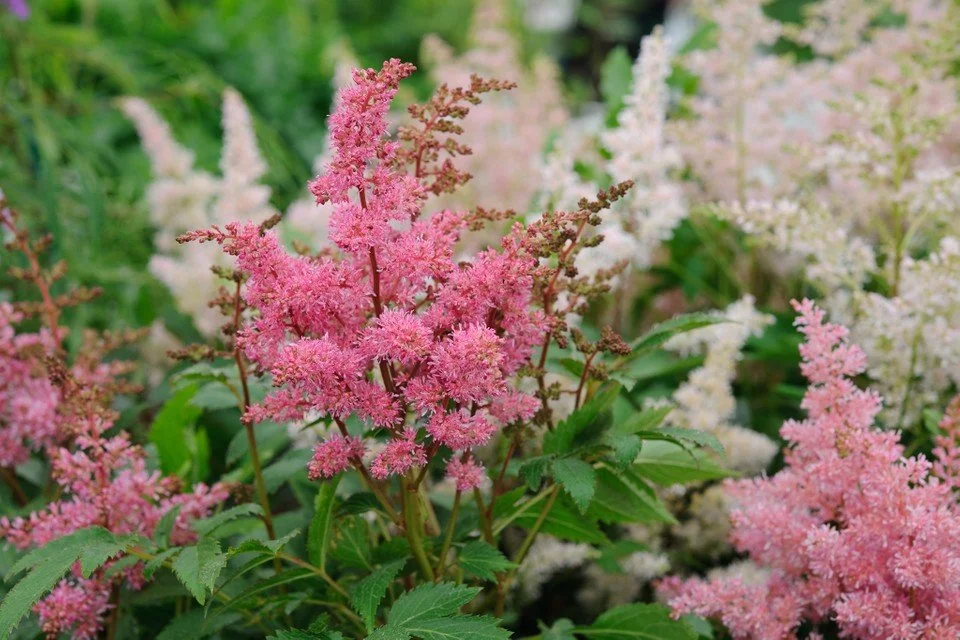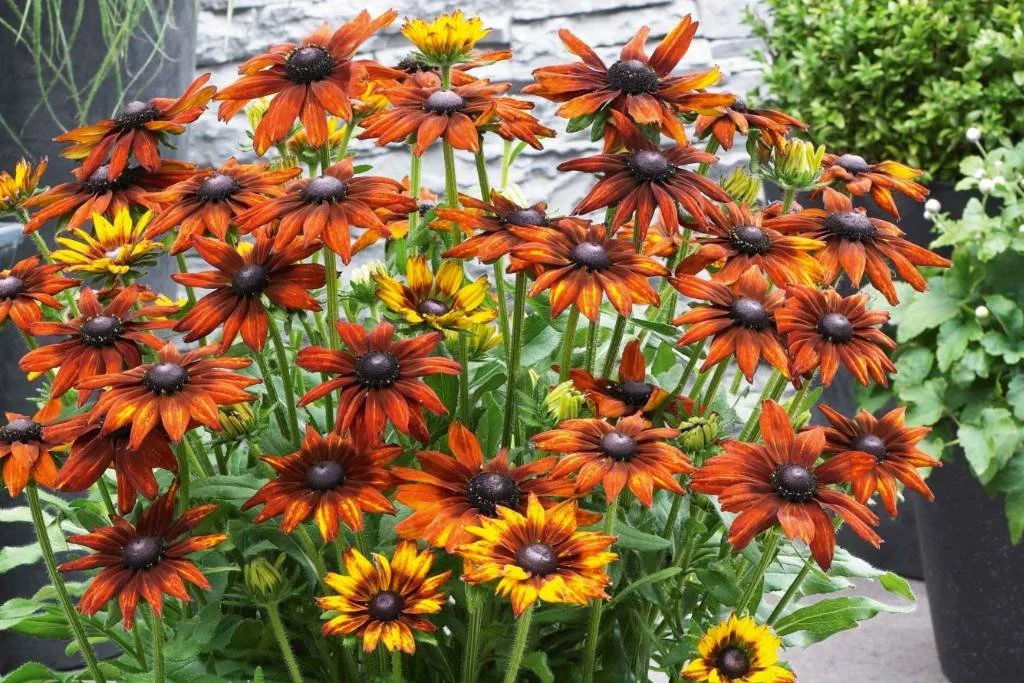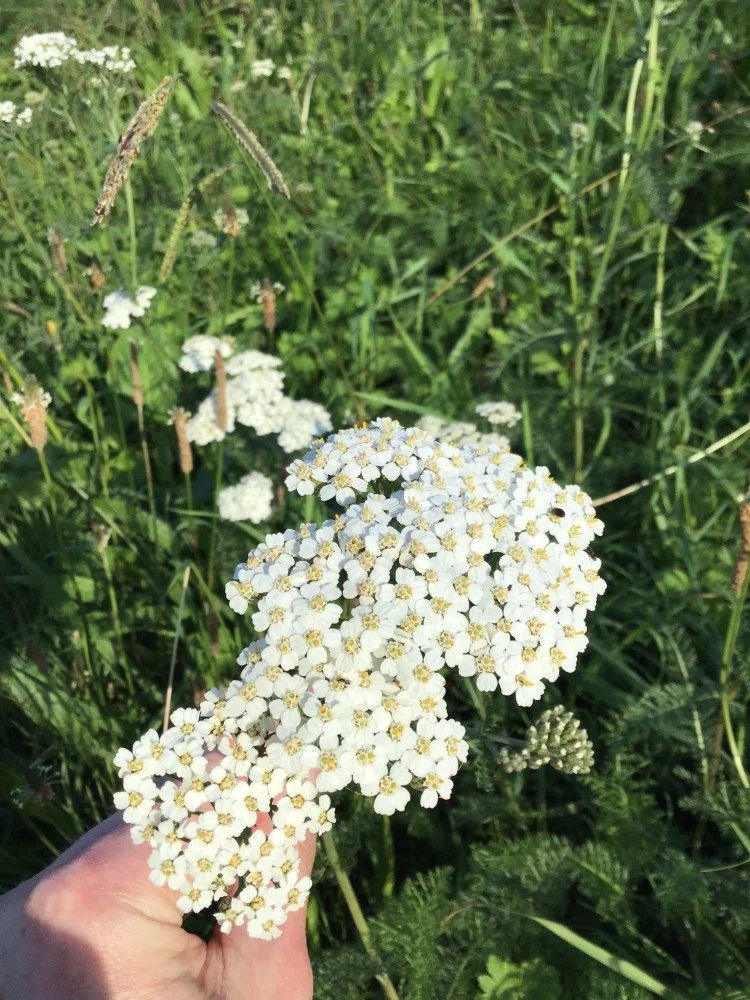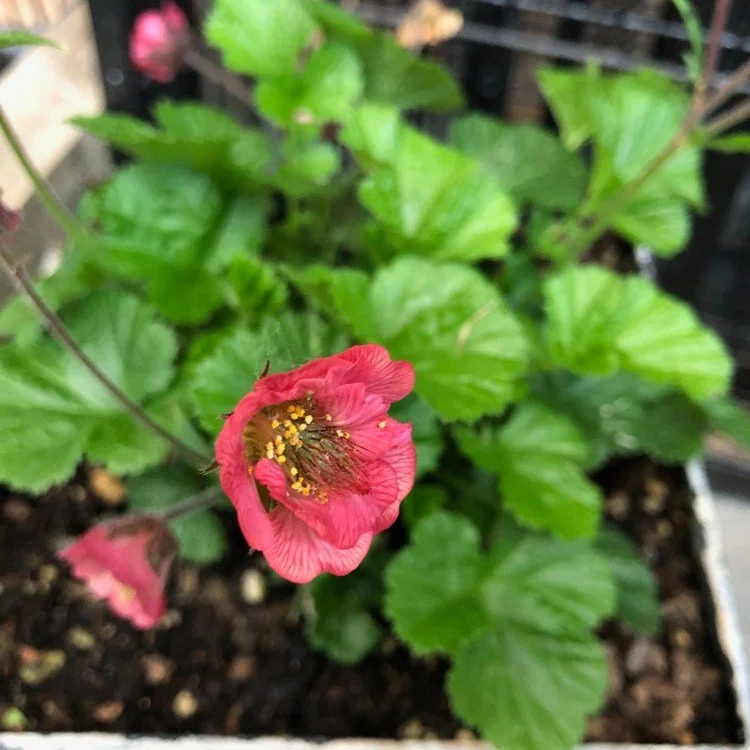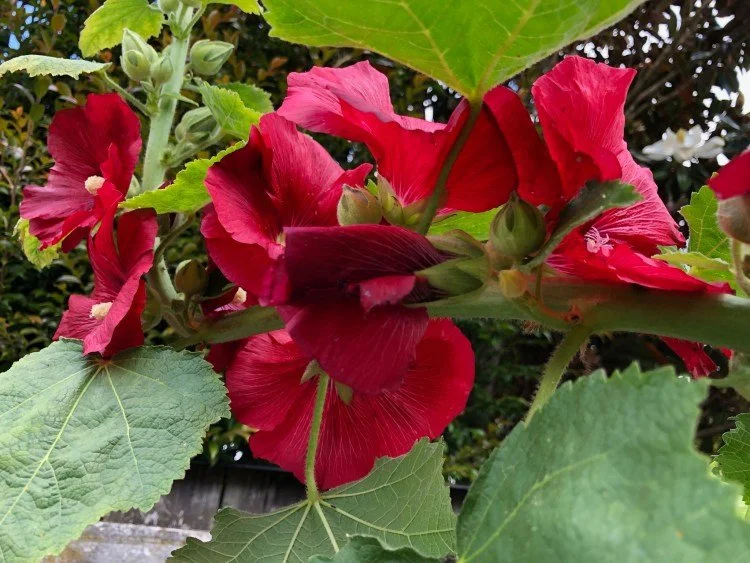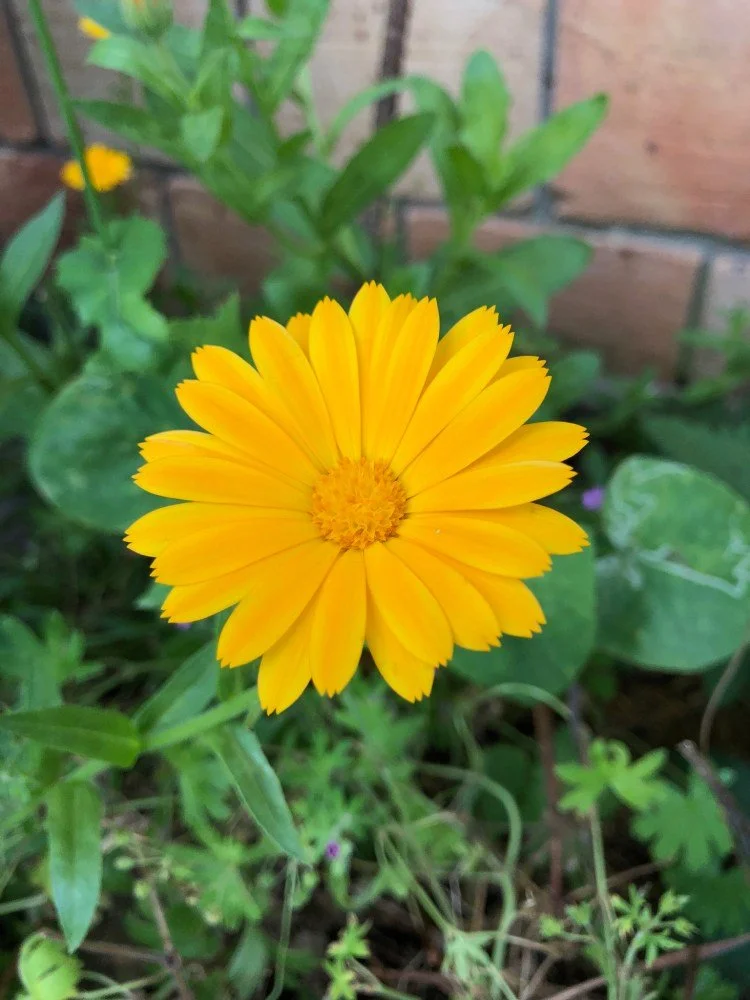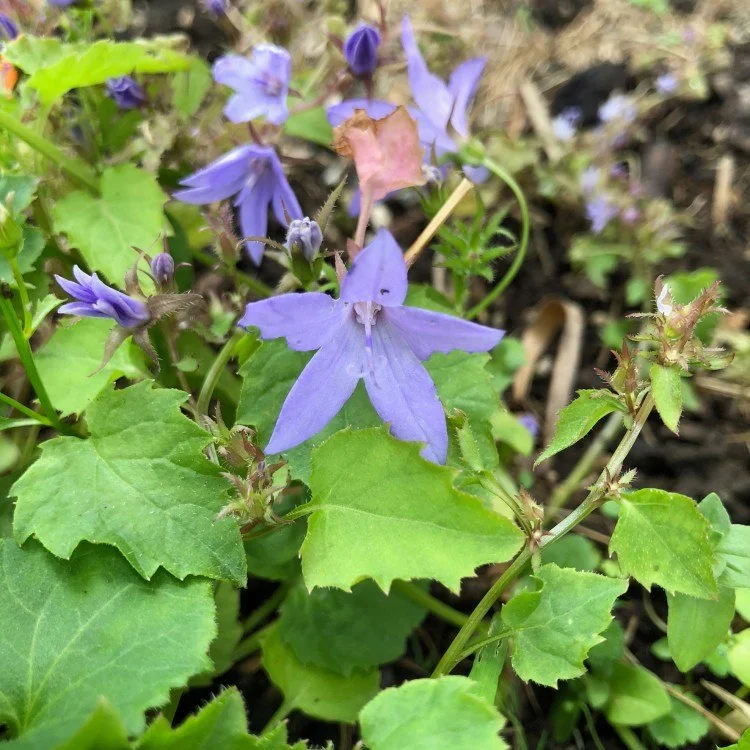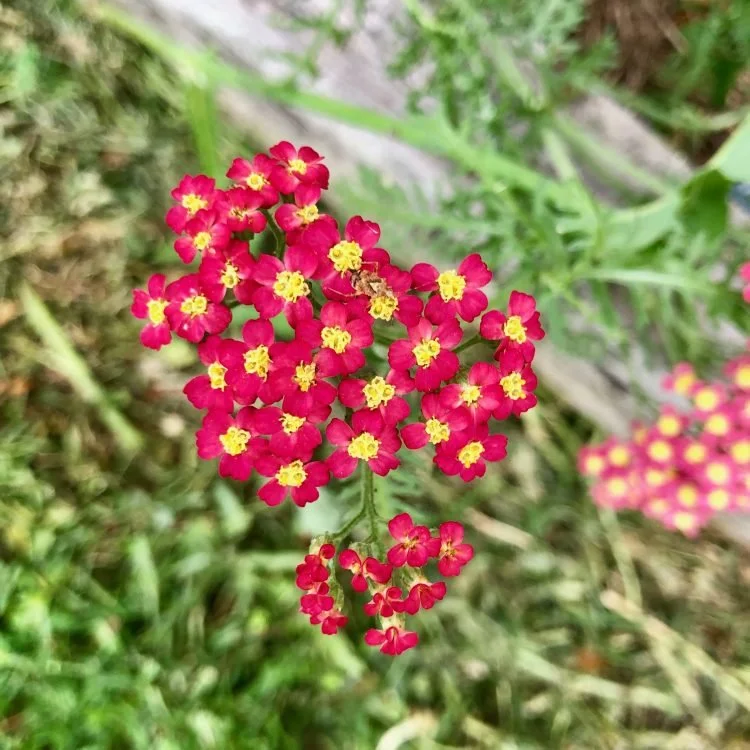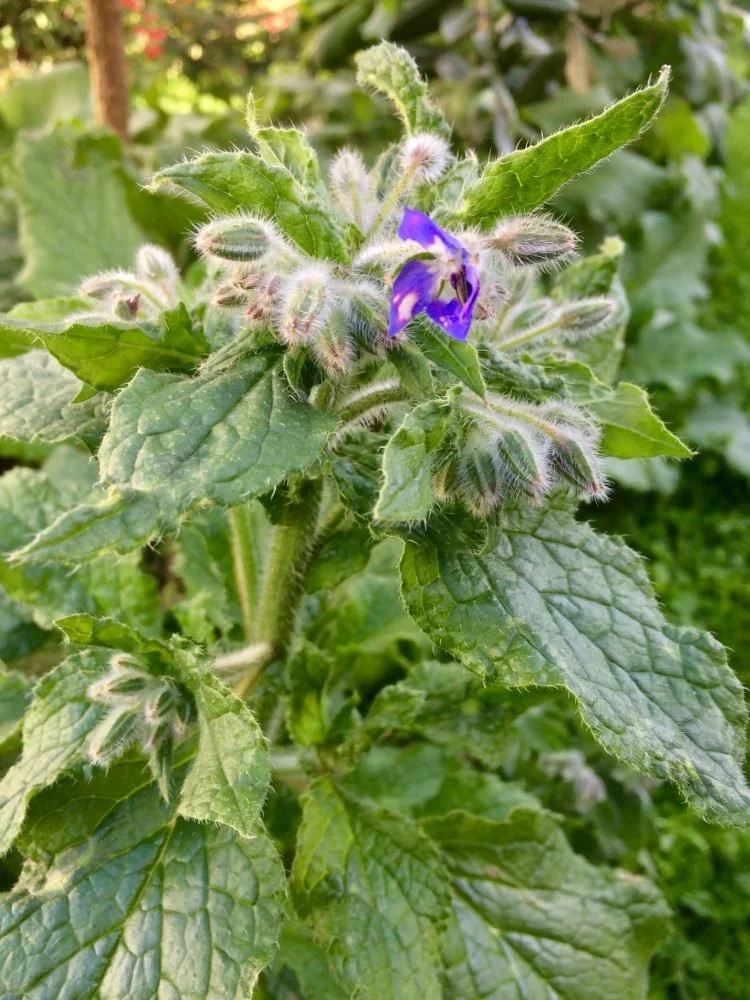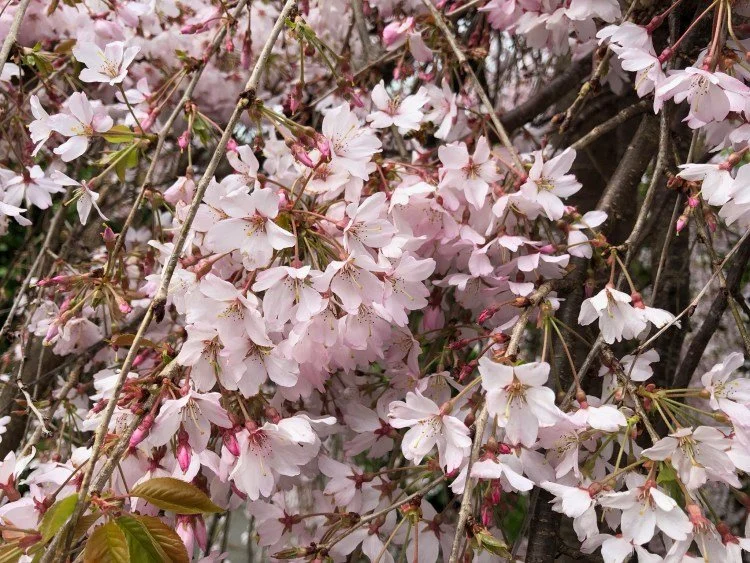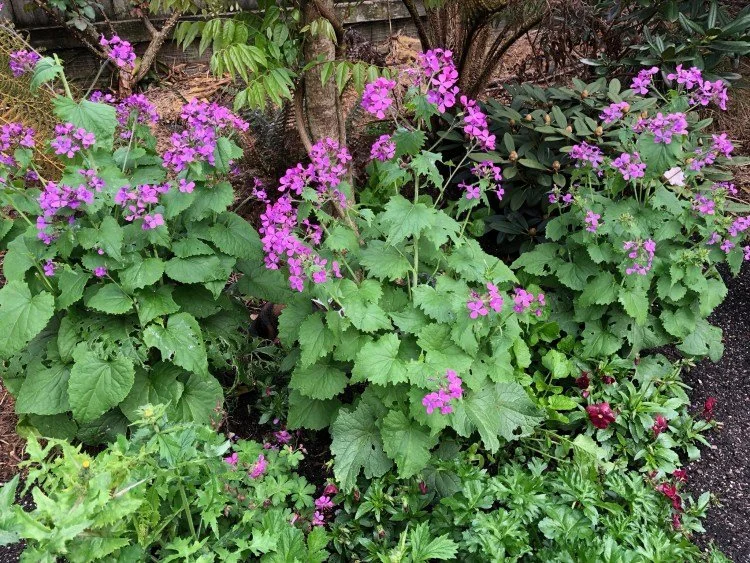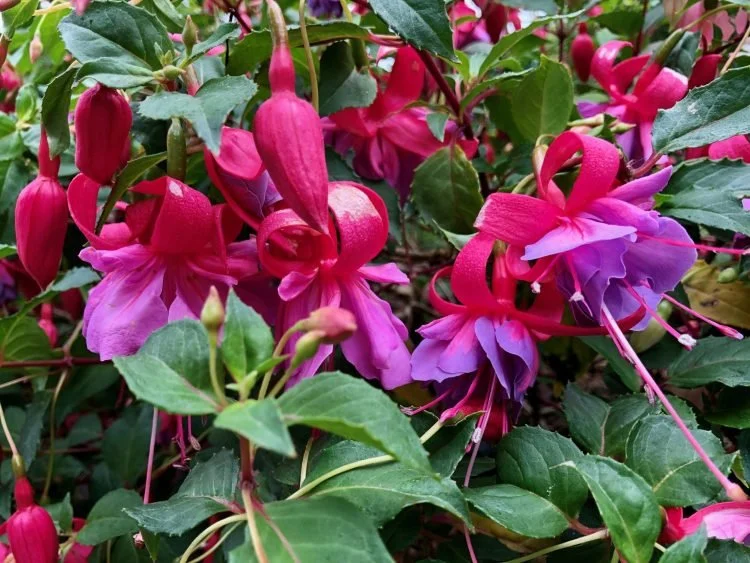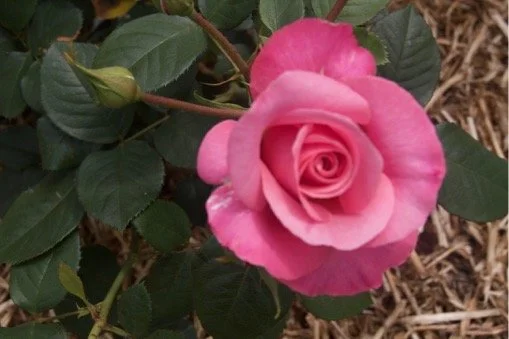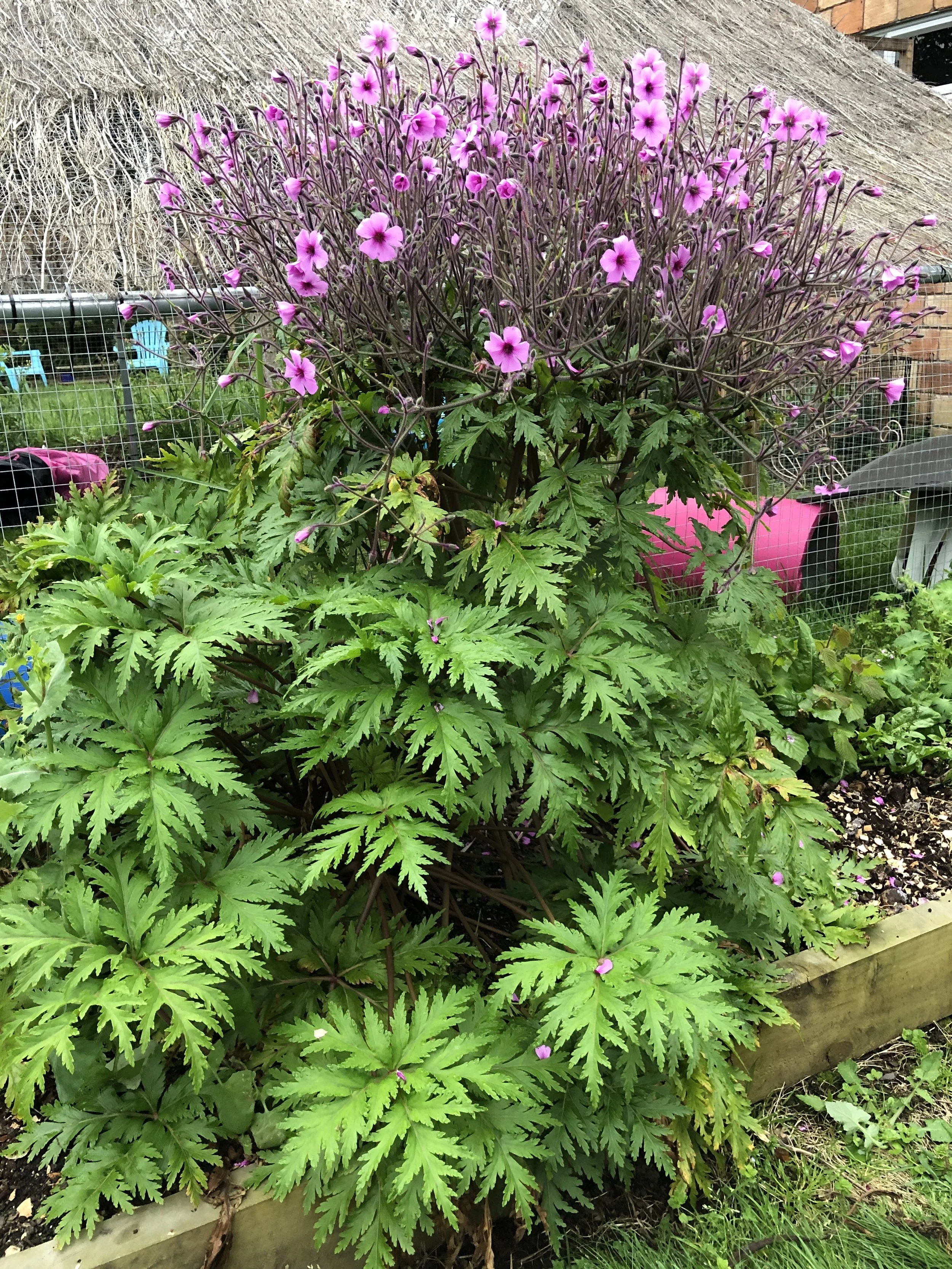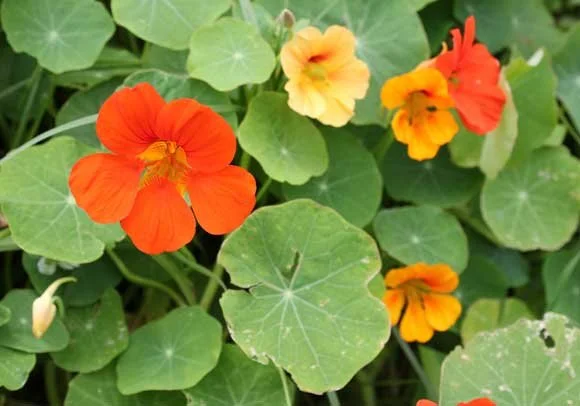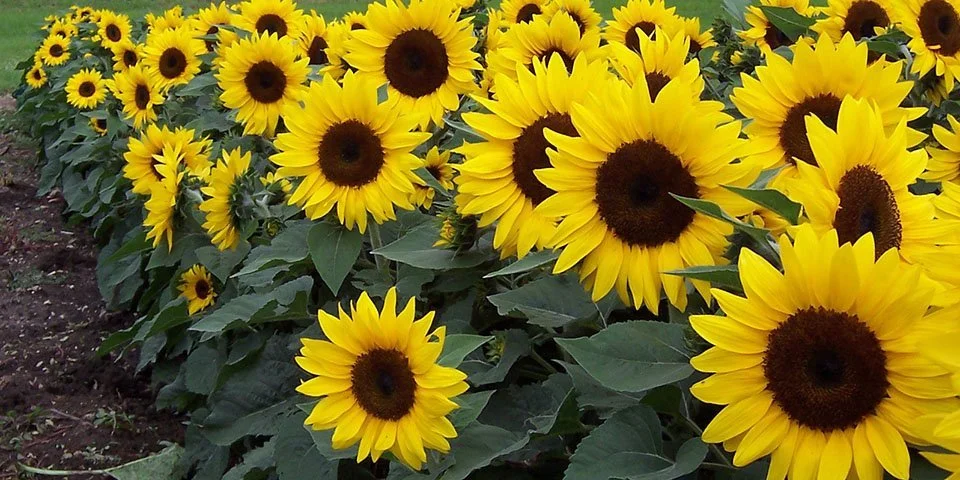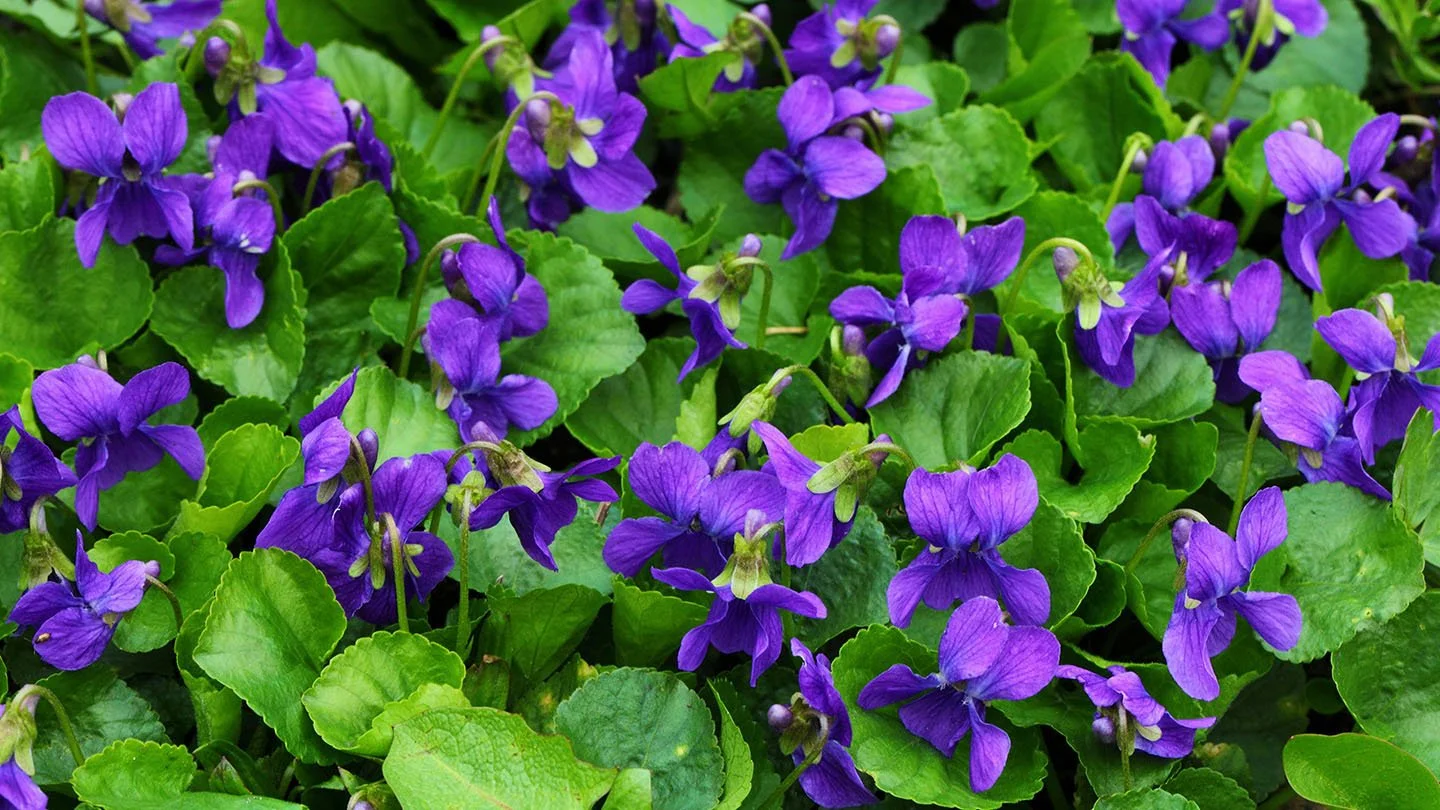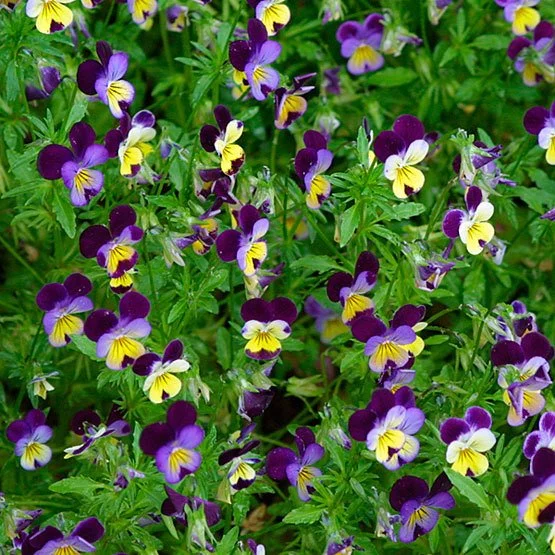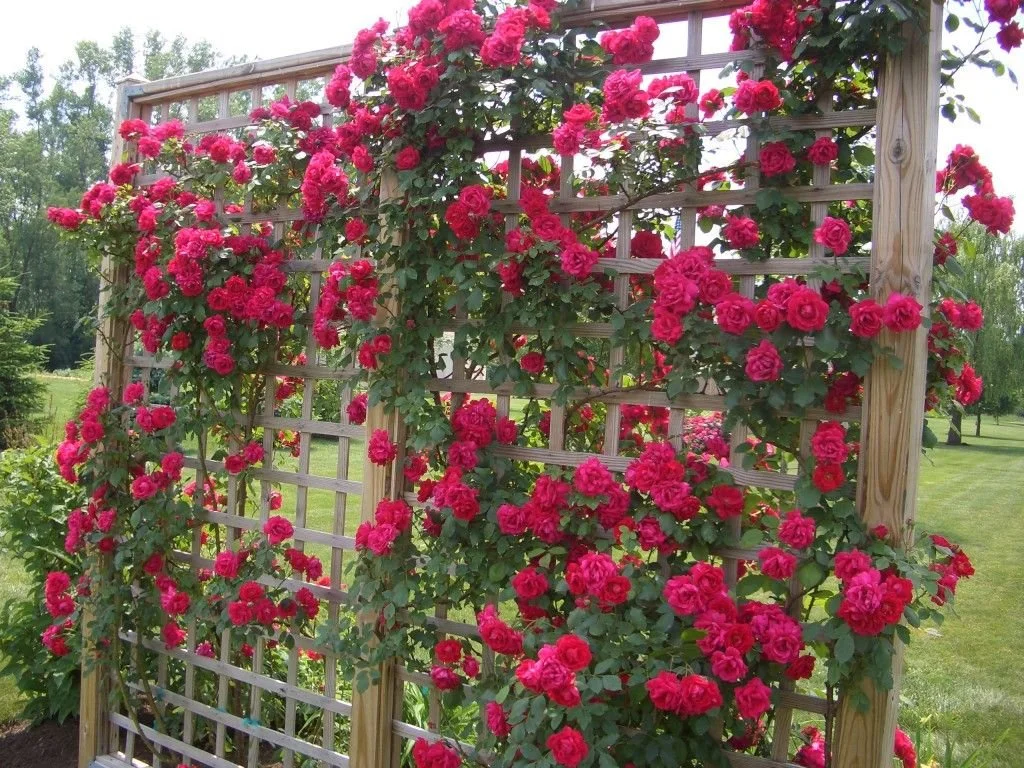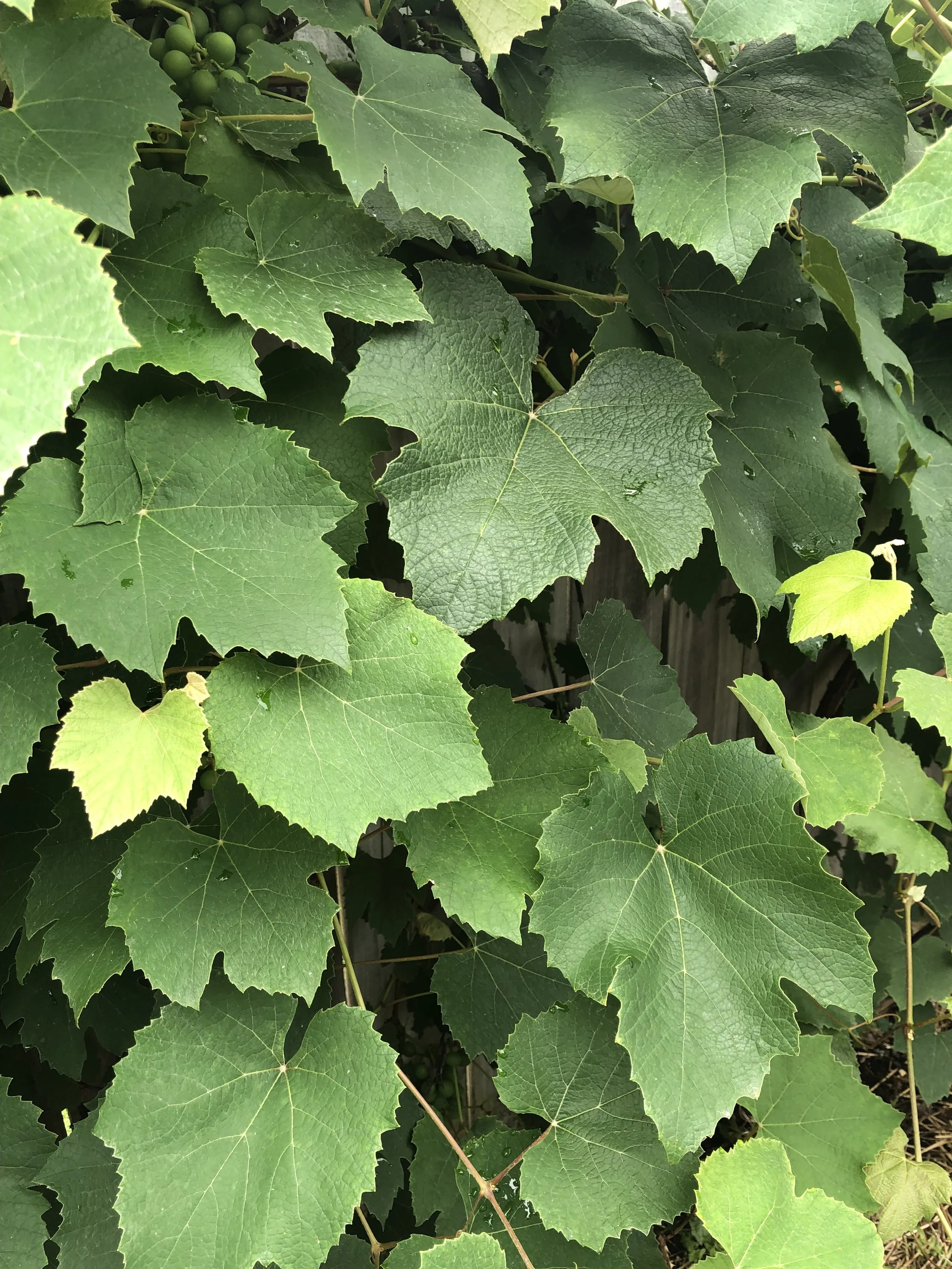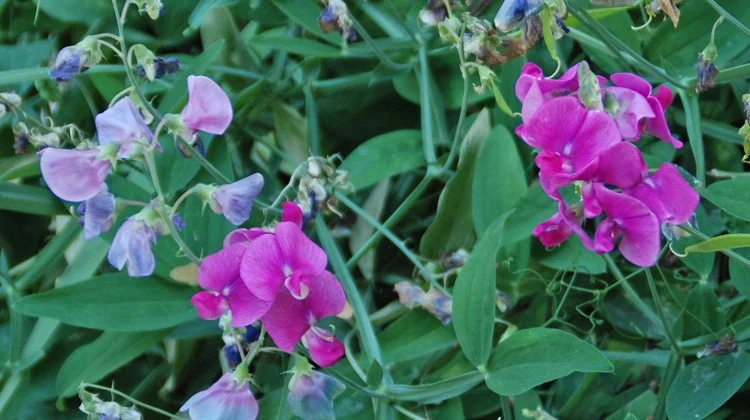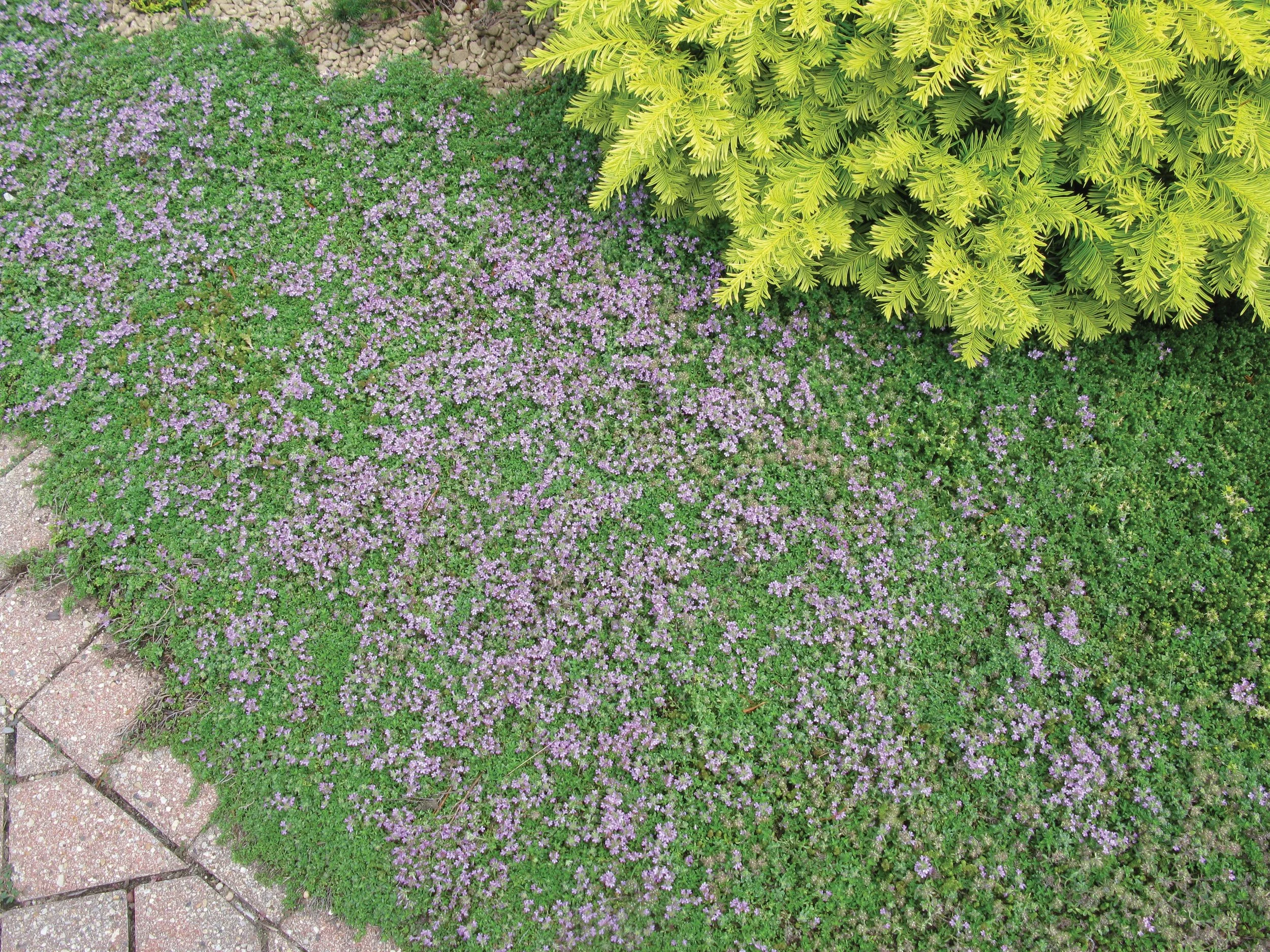Flowers, Vines and Ground Covers - Safe
A quick word about the lists/plant info on this website...
All of the information on the lists here has either been researched from scratch or has come from verifiable, trustworthy sources and is then double checked by me. MANY so called rabbit safe plant lists are not only inaccurate, but are unsafe and have simply been copied from other so called ‘safe’ lists.
One needs to remember that these lists - which are found on websites and/or various FaceBook groups are only as good as the person who compiled them and most have not been researched independently after being copied from yet another so called safe list....
It's a bit like Chinese whispers and the end result is not necessarily safe, accurate or pertinent to pet rabbits living in New Zealand. Whilst the lists of plants here are my opinion, they are researched and verified by me as being safe - or otherwise, and are not simply copied/parroted from other sources.
Plant ID Apps - the use of these to accurately ID plants for consumption is not advisable. These Apps are not trustworthy (I've tested 3 so far with scary results) and can often give an answer that is not only inaccurate, but can be simply dangerous. I do not claim to 'know it all' and if I don't know the ID/safety of a plant, I will say so and will then do my level best to both ID the plant and ascertain it's safety etc. because the well being and safety of your rabbits is my top priority.
Ferns and Lilies - All are toxic to rabbits.
Day Lilies / Hemerocllis
These are no longer classified in the same plant family as Lilies. Opinions vary but I don’t feed just to be safe, however a nibble probably won’t hurt.
Should You Eat Daylilies? Safety, Toxicity, and Other Facts
The following article is specific to NZ and is a useful read - Plants in New Zealand Poisonous to Children - let’s include rabbits in that also!
Check the list below each gallery for more information about each plant
Flowers
Flowers - Specific Properties of Each Plant / Feeding Information
Cornflowers - All parts
Jerusalem Artichoke - All parts - member of the Sunflower family
Astilbe - All parts safe if nibbled, don’t pick to feed.
Rudbeckia - All parts - member of the Sunflower family
Echinacea - All parts. Medicinal so only a little a couple of times a week
Phlox - All parts
Yarrow - All parts in moderation
Cransebill Geranium - Cransebill Geraniums, NOT ornamental Pelargoniums. See section below for more information.
Geums / Avens - All parts
Hollyhock - All parts
Calendula - Flowers only
Campanulas - All parts
Yarrow - Ornamental - All parts in moderation
Borage - Flowers Only
Ornamental/Flowering Cherry - FLOWERS ONLY as a treat food
Lunaria annua / Honesty - All parts in moderation. It is a Brassica so potentially gassy.
Fuchsia - All parts
Hibiscus - All parts in moderation
Rose - All parts except hips. Remove hard/old thorn tips.
Giant Herb Robert - All parts
Lavatera - All parts in moderation
Nasturtium - All parts in moderation. Quite high in Oxalates.
Strawberry - Leaves ok to feed. Berries as a rare treat.
Sunflower - Leaves, Flower petals, stalks, NOT the seeds
Violet - All parts
Pansy - All parts
Viola - All Parts
Dog rose - All parts except hips. Remove hard/old thorn tips
Vines / Climbers
Vines / Climbers - Specific Properties of Each Plant / Feeding Information
Climbing / Rambling Roses - All parts except hips and hard thorns
Ornamental Grape - All parts
Grapevines - All parts. Fruit as a rare treat
Sweet Pea - Vine tips and flowers only. Can be gassy so only small amounts. Seed pods are toxic.
Ground Covers
Ground Covers - Specific Properties of Each Plant / Feeding Information
Creeping Thyme - All parts in moderation
Chamomile - All parts
Baby’s Tears /Soleirolia soleirolii - All parts - a member of the Nettle family.
Cranesbill Geraniums vs Pelargoniums
There is much confusion between these plants, especially as many nurseries incorrectly label Pelargoniums as Geraniums and although they hale from the same family - the Geraniaceae, the plants are distinctly different.
Geraniums are Northern hemisphere herbaceous perennials that can also be found in Africa and South America. They are generally frost hardy - hence their other common name - Hardy Geraniums. They tend to stay low growing and sprawl as they spread.
Pelargoniums are subshrubs, from the Southern Hemisphere and are naturally found almost exclusively in South Africa. They are frost tender, tend to become woody as they age and can grow or scramble up to around 2m.
Both species have flowers with 5 petals but the Geranium’s petals are all the same size and occur in an evenly distributed star shaped pattern. Pelargonium flowers are more asymmetrical with the two upper petals being different to the 3 lower petals.

